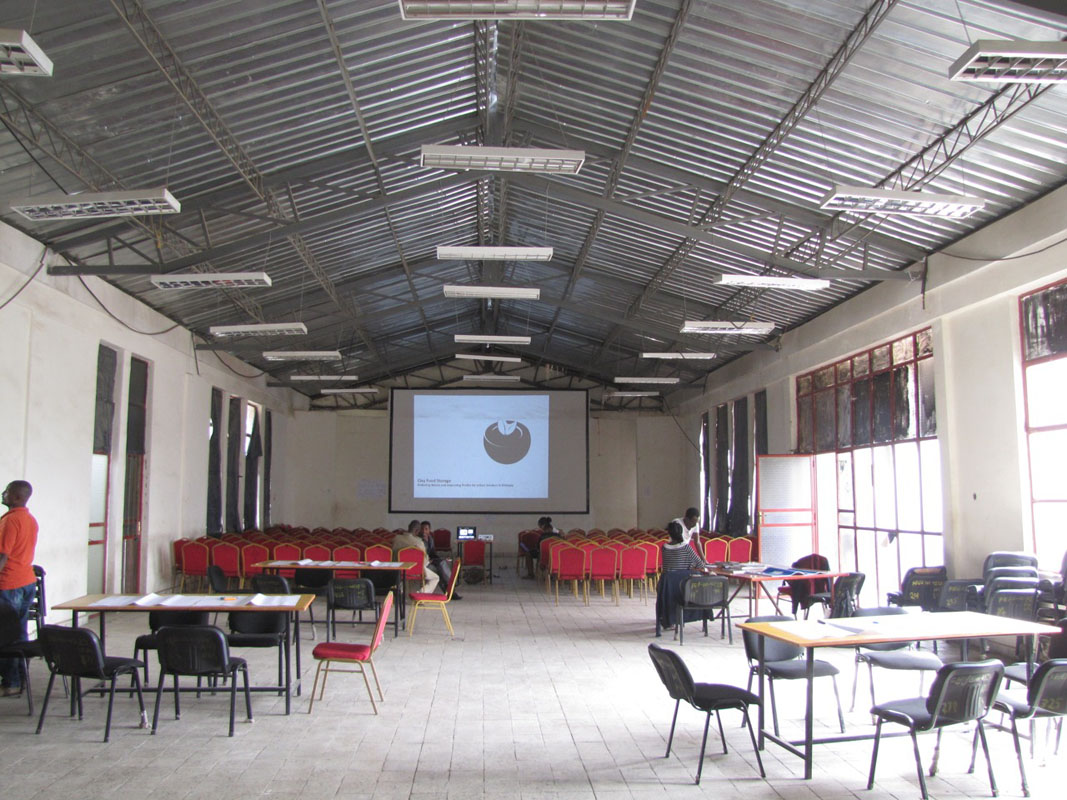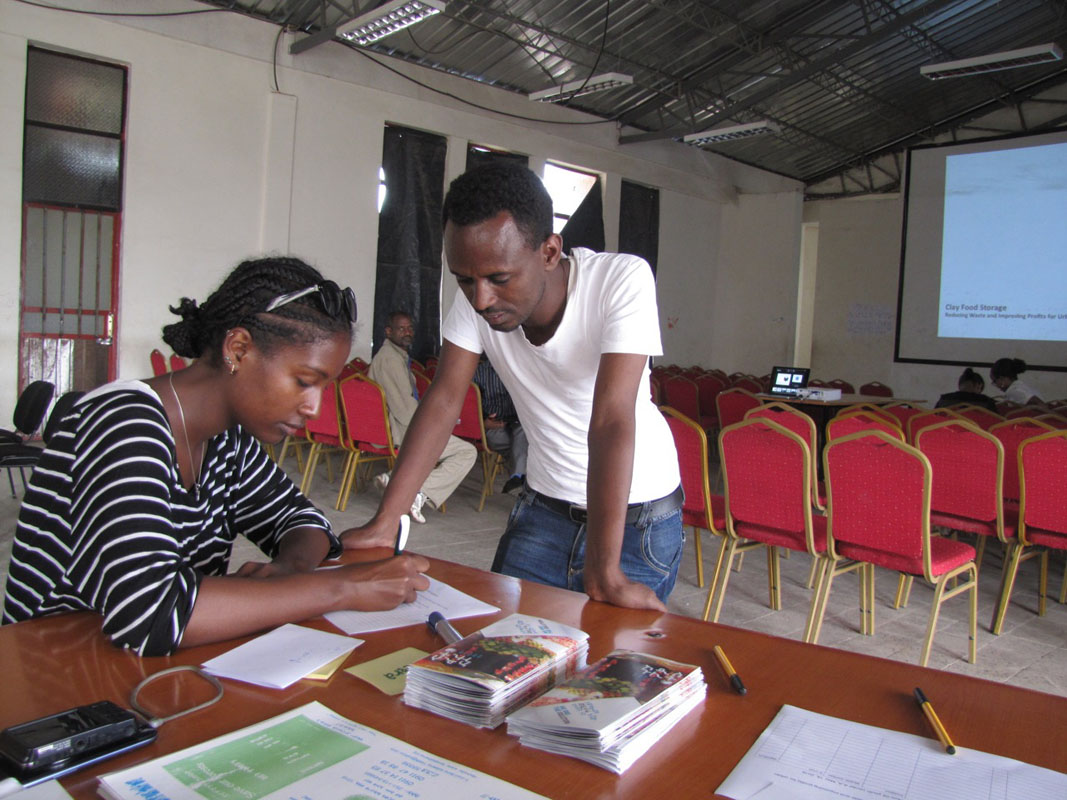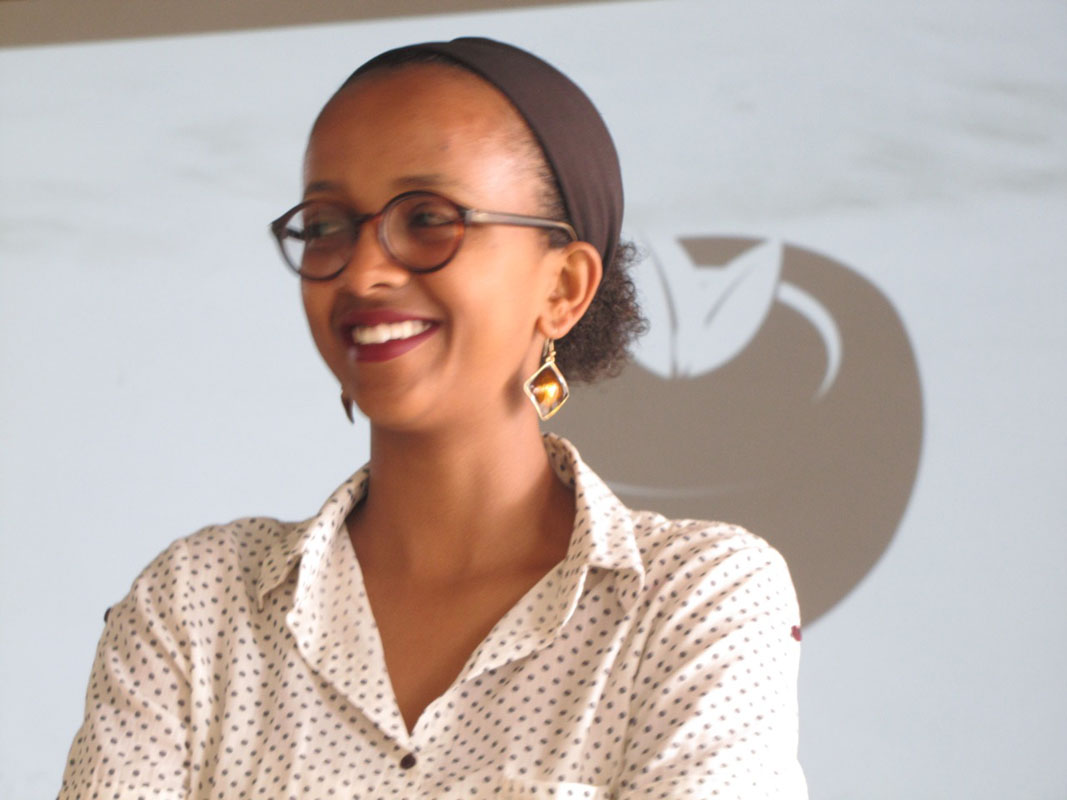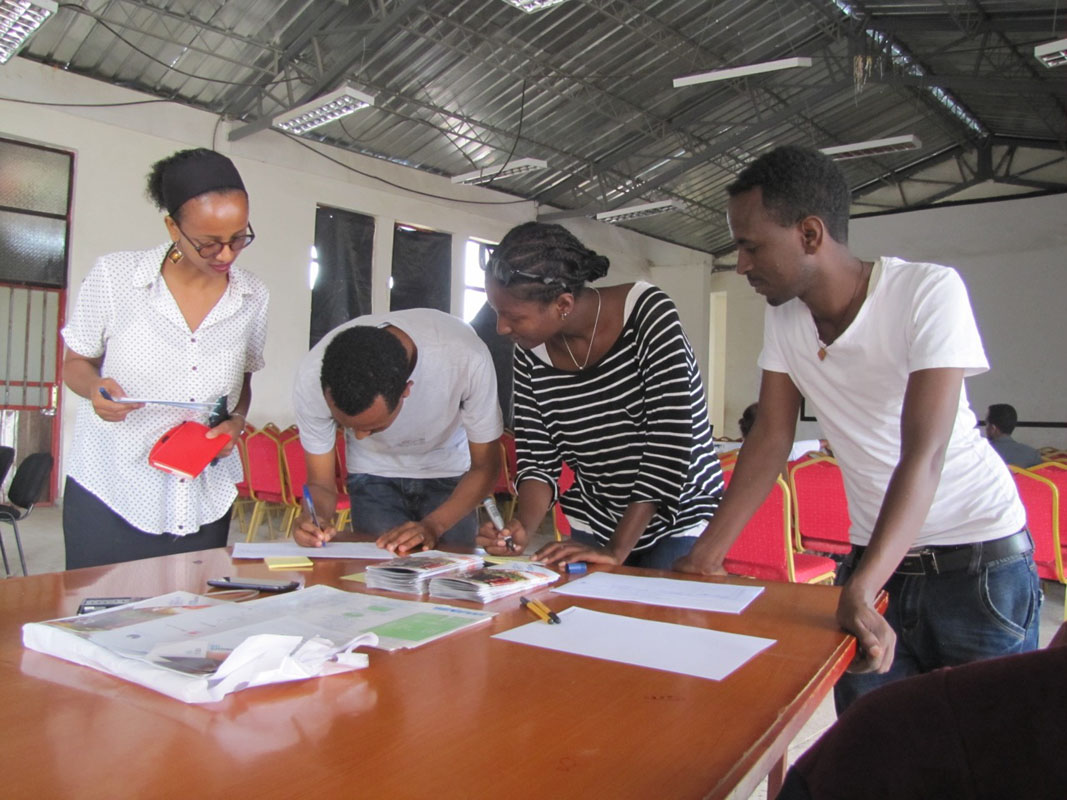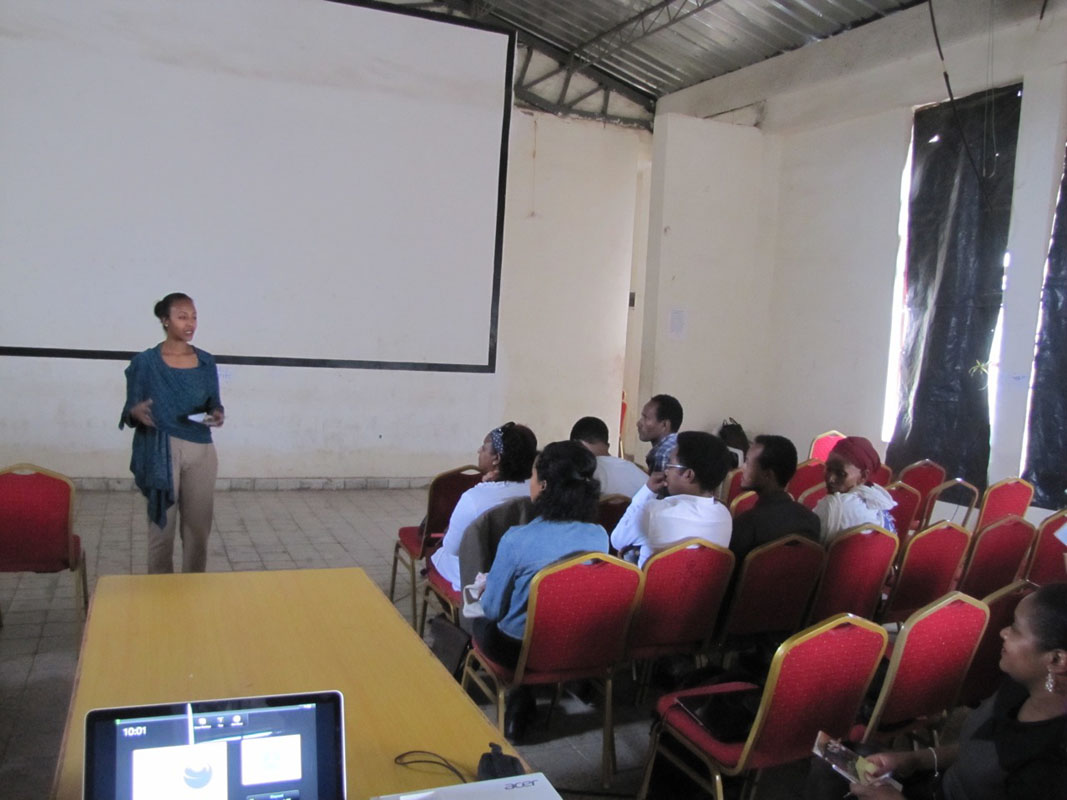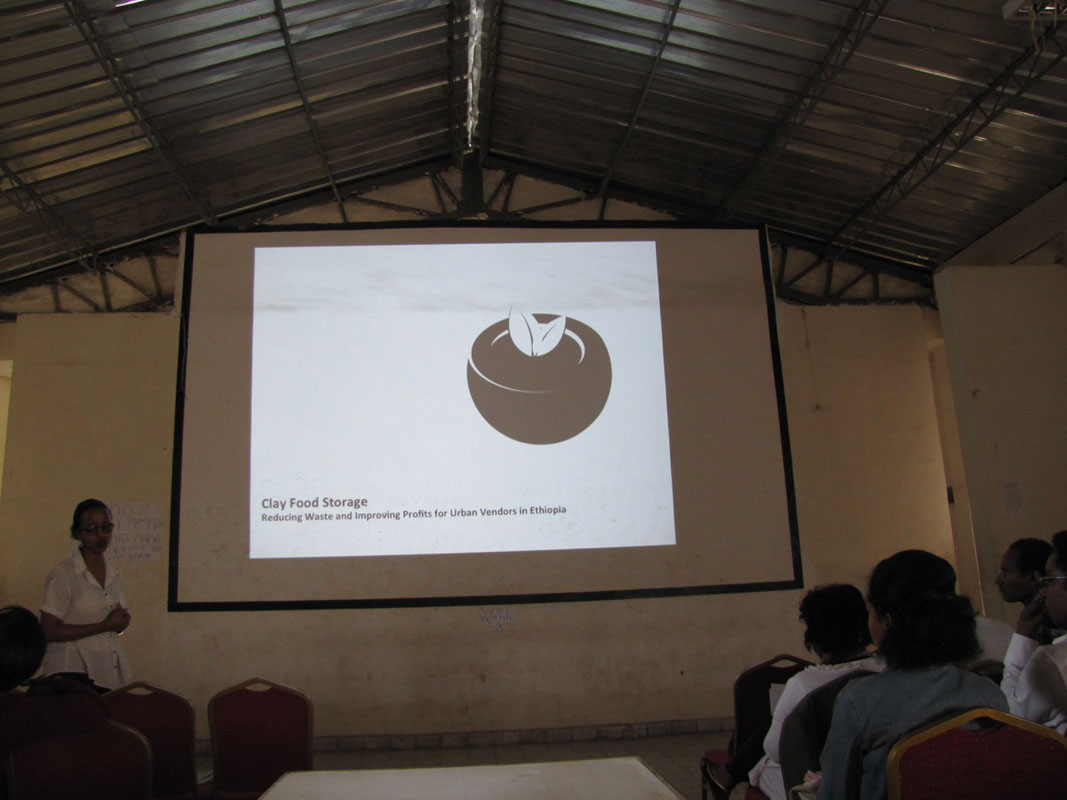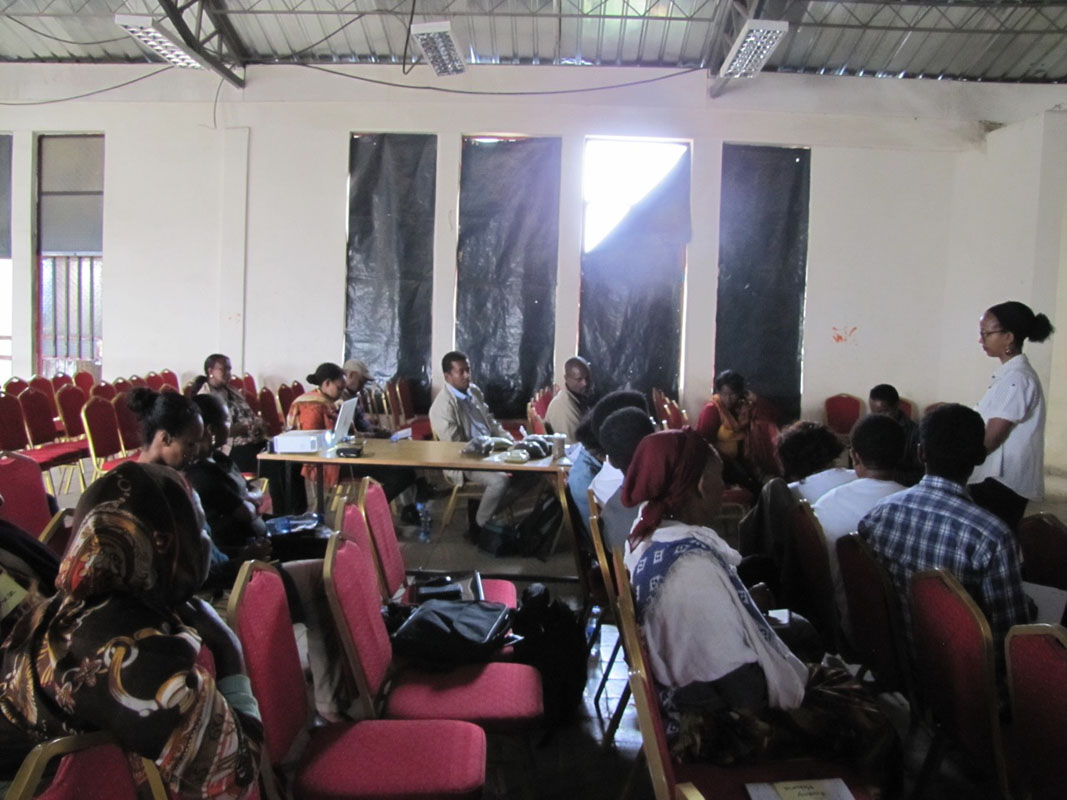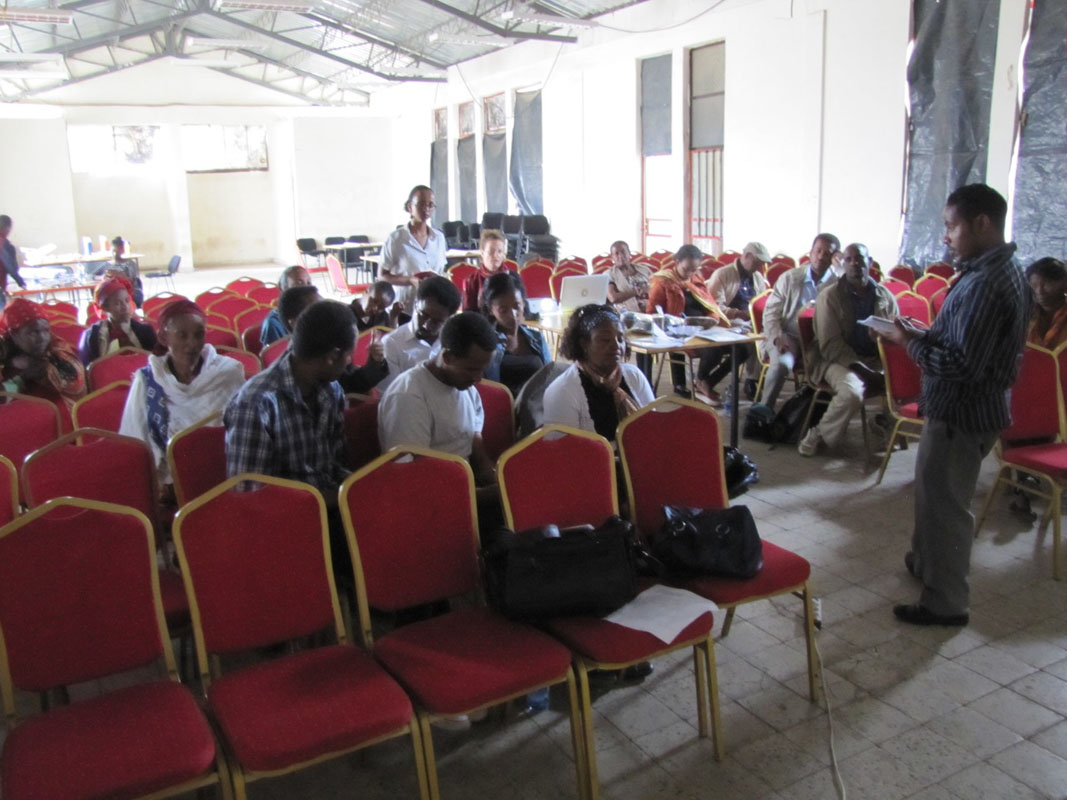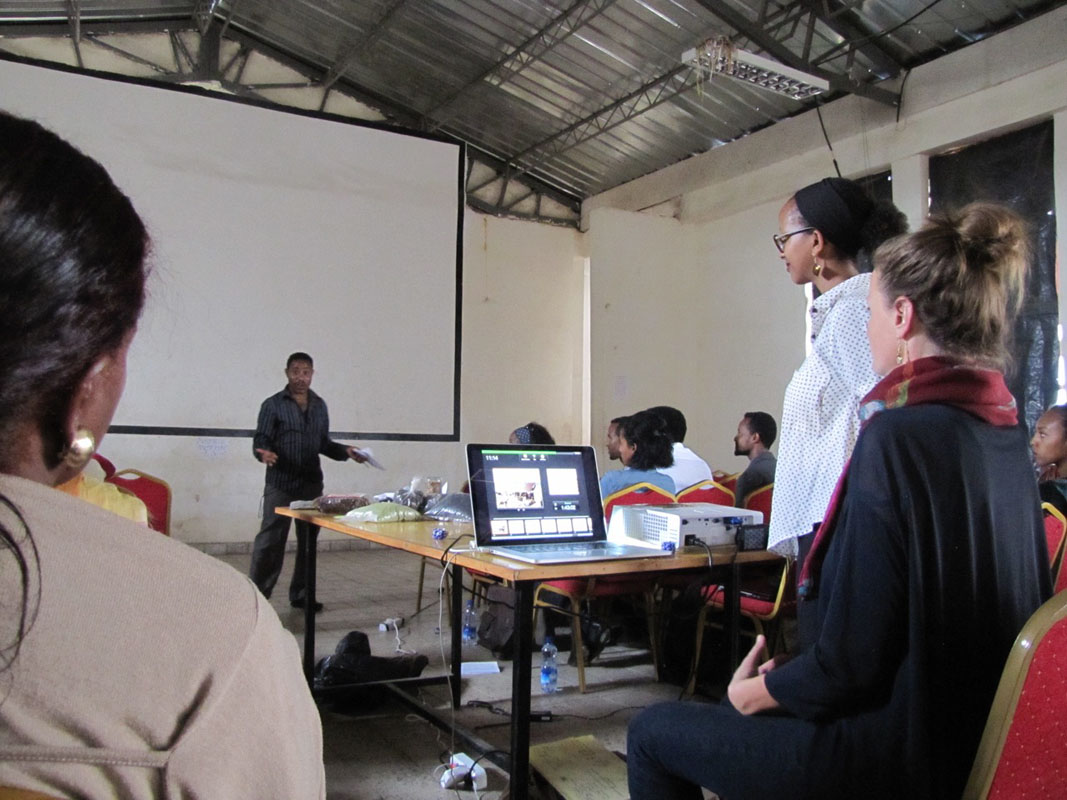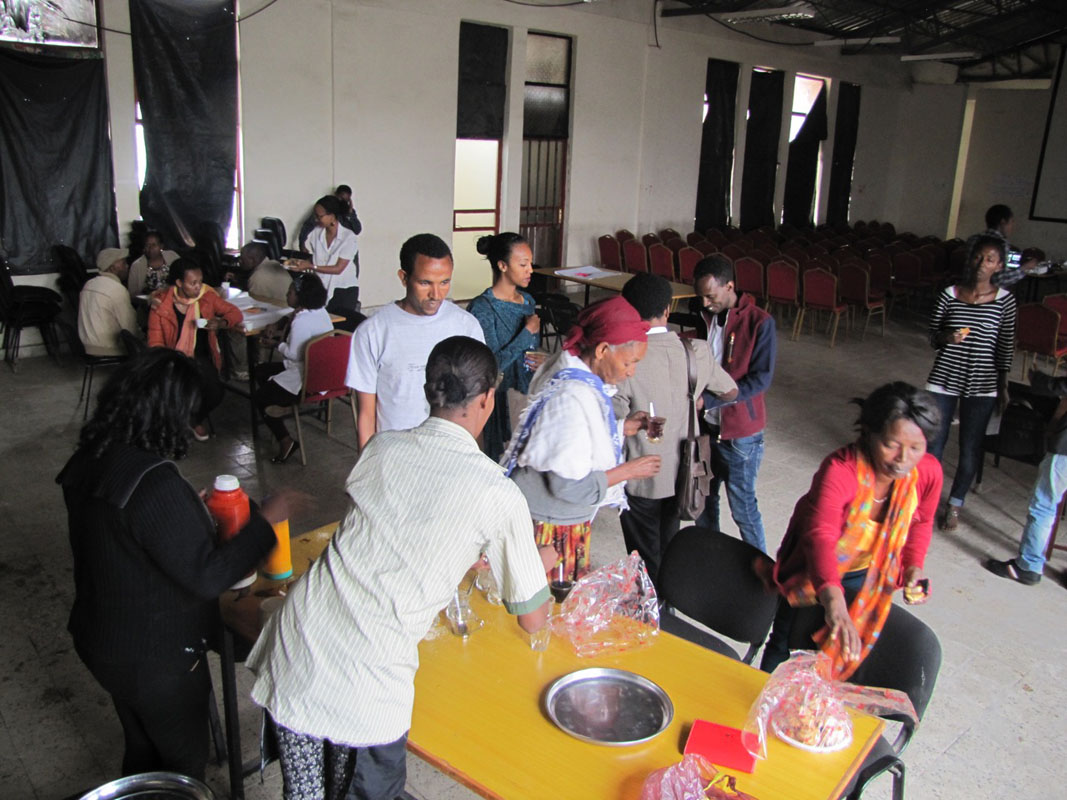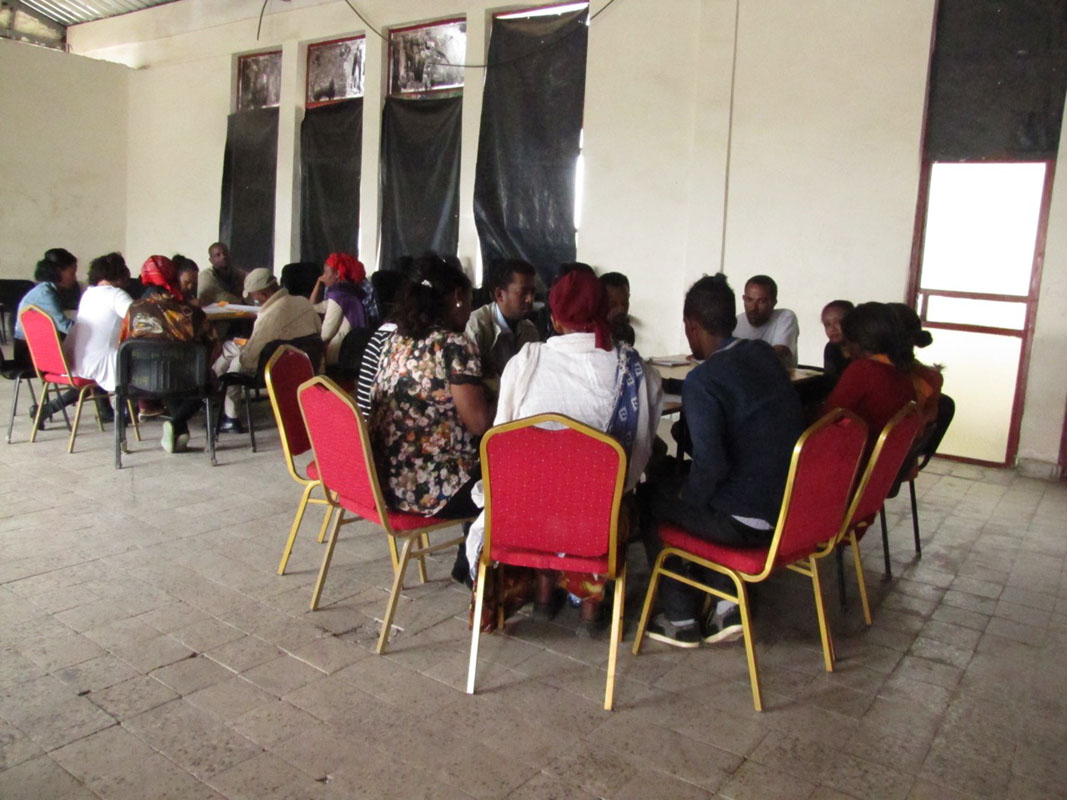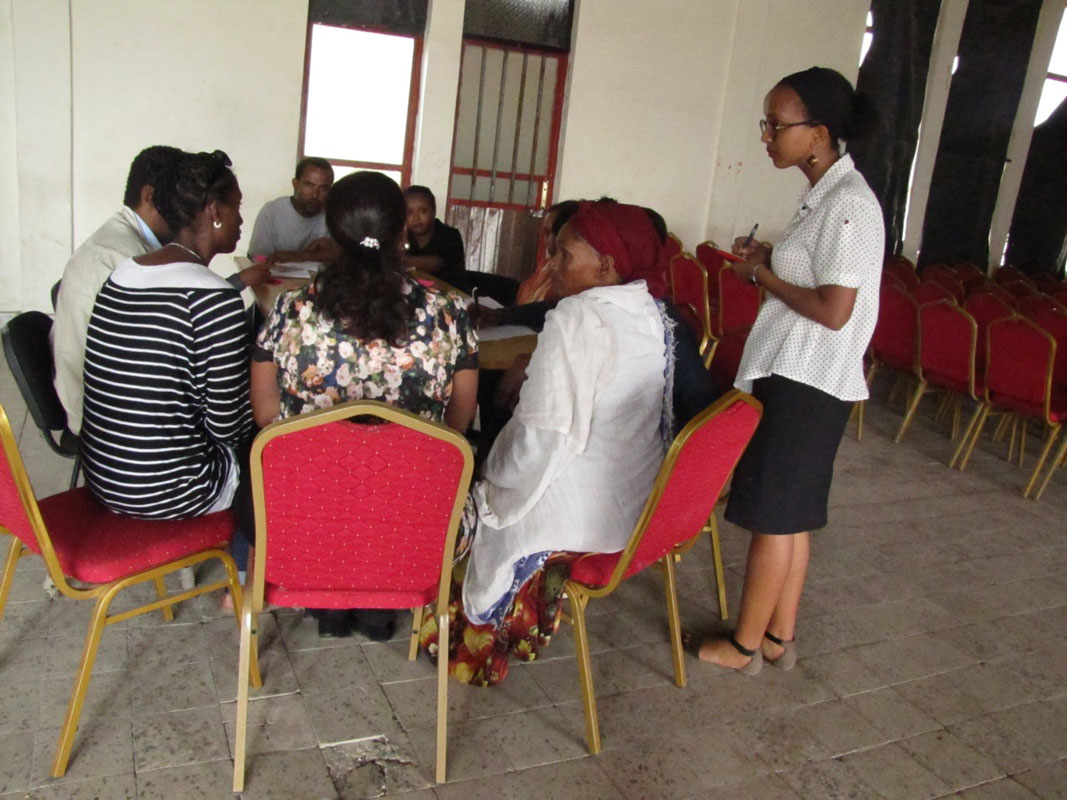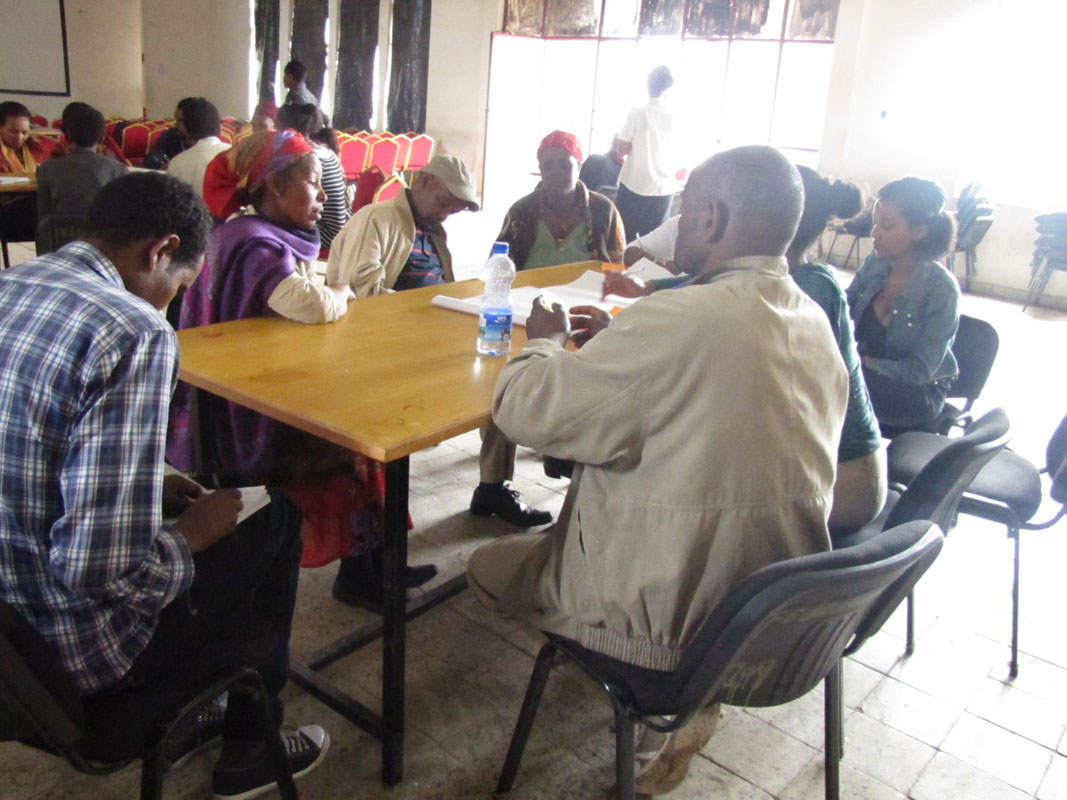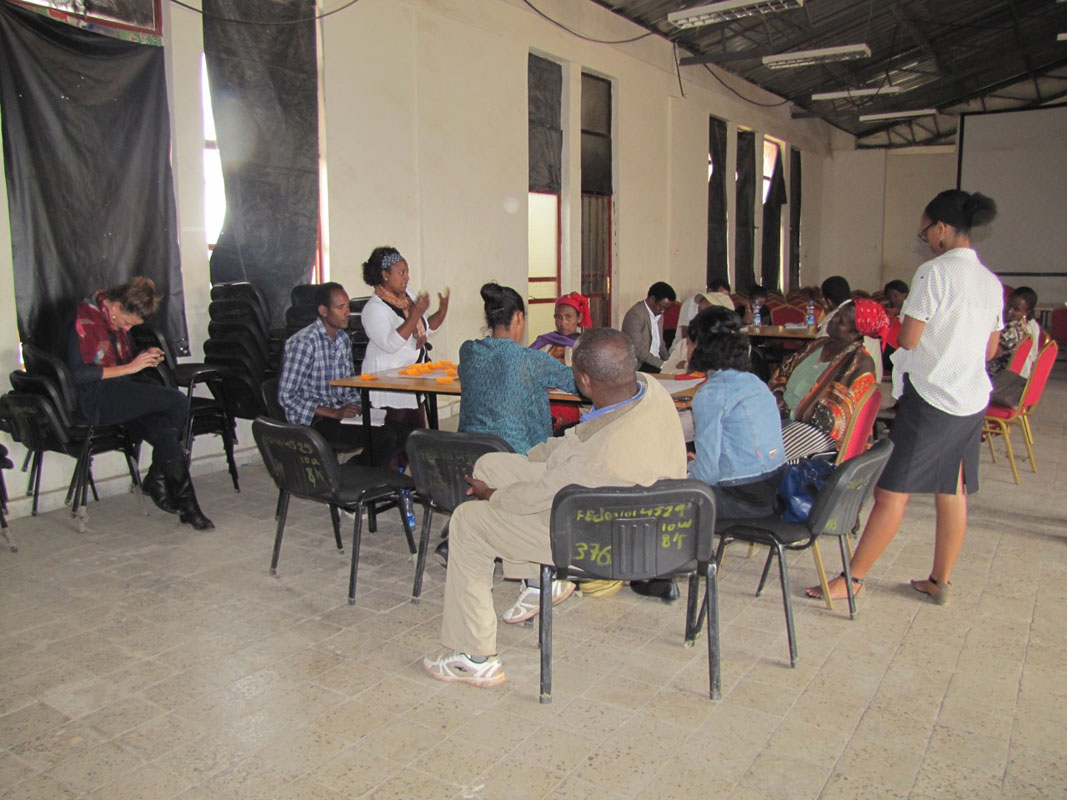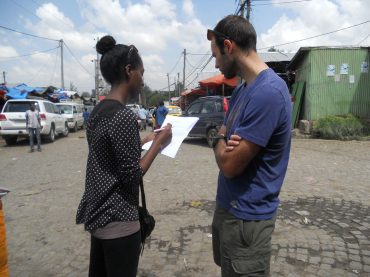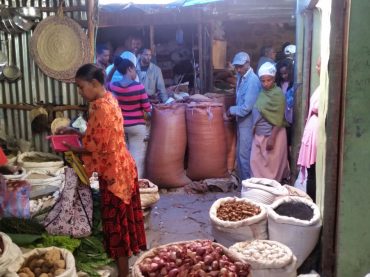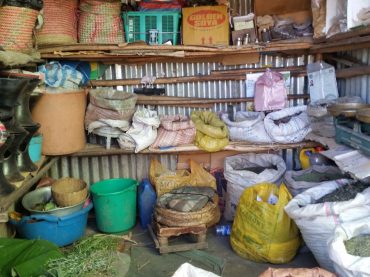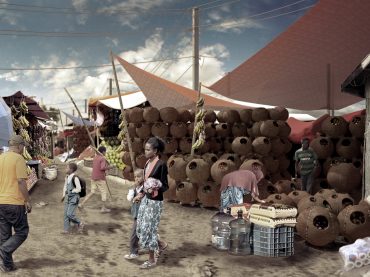STAKEHOLDER MEETING AGENDA – LAUNCHING WORKSHOP,
18TH OF MAY, 2016
Observations from the Launch Workshop: May 18, 2016
Gulit project: Project launch
Date: May 18, 2016
Location: Woreda 08 youth center, Addis Ababa, Ethiopia
The project launch for the Gulit project was held on the 18th of May, 2016 at the Woreda 08 youth center, Addis Ababa, Ethiopia. Invited participants included representatives from: Bole Rwanda and Agoza Administrative units specifically from the Small and Micro Enterprise offices; urban agriculture offices from both Bole and Kirkos sub-cities; lecturers and students from the Ethiopian Institute of Architecture, Building Construction and City Development (EiABC); the United Nations Industrial Development Organization (UNIDO); Prosperities for Ethiopia PLC; Earth Gives CT PLC; and Agoza market vendors and buyers.
The workshop started with an opening speech by Tena Kebena’s Board of Director, Ms. Milha Desta, who stated the importance of such projects involving small scale urban vendors, which positively impact the city of Addis Ababa.
Local and international team; funding partners; preliminary findings; previous works done including prototyping sessions held with students in EiABC; and next steps regarding the project were presented. Positive feedback was received from all workshop participants. Most stated that the idea of the project is a much needed issue that should be addressed by all stakeholders in the fruit and vegetable industry. They went on to give detailed feedback on the opportunities, challenges, reflections, and proposed solutions. Below are some recommendations on specific topics:
Waste:
It would be good to understand the waste disposal system of the city including its existing and planned initiatives. Compost is a good start in the ongoing urban agriculture initiatives. Communities can start communal composting areas in markets to implement composting in their respective neighborhoods.
Fruits and vegetables:
Quality of produce may differ from where it comes from, it is important to understand the different factors involved within each fruit or vegetable cycle before it reaches its end user. This will help in identifying intervention areas. It would also be good to separate preservation methods according to the different kinds of fruits and vegetables type and property.
Collaboration between different stakeholders:
Even though this project is for a short period of time, it should partner with governmental administrators like the ministry of Small and Micro Enterprises to help initiate communication among stakeholders including farmers, wholesale vendors, small scale market vendors and buyers, so that they discuss their most common problems regarding post-harvest loss due to climate change and lack of appropriate storage facilities. This will bring about several options for small scale vendors
Training:
Clay based fruit and vegetable preservation techniques are easy to understand whereas the making of marmalade and the process of fruit and vegetable drying are new ideas which are yet to be accepted by vendors. All methods and systems should be carefully presented and training should be given to all potential vendors. Governmental bodies including woredas and kebeles can select participants who agree to be part of the research so that the prototypes could be showcased in exemplary ways. These model vendors could also be selected by the cooperatives of each community. Once there is proof of concept, large scale training could be started throughout the city.
Infrastructure:
Unlike the Rwanda market which is accessible both by foot and vehicle, the Agoza market has no proper infrastructure for vehicle accessibility. It needs to have vehicle access so as to implement shared transport systems. Sanitation will also be important if products like jam and drying are to be implemented, as both techniques require clean areas.
Climate change:
Ethiopia has recently signed the Paris Agreement on Climate Change. The country;s second Growth and Transformation Plan also prioritizes initiatives taken to combat climate change. Making a cost benefit analysis on the effects of climate resilience, the project could get support from key ministries and administrative units.
Summary:
The numerical data presented during the workshop was appreciated as some participants mentioned. They encouraged more data to be given about the status of the local markets in the city. Participants mentioned a few challenges that could occur during the project implementation. These include: need for clean and safe environments to prototype marmalade and juice; need for capital and technical capacity for people to be able to implement the different types of proposed prototypes; the need for people to collaborate and communicate regularly to solve common problems; and the need to secure space for prototyping inside the gulit market.
Next steps:
Five people are selected to represent stakeholders in this project. It includes people from governmental offices; academic institutions; private sector; and civil societies. They will advise the project team during the processes of design, training, prototyping, and large scale implementation.

